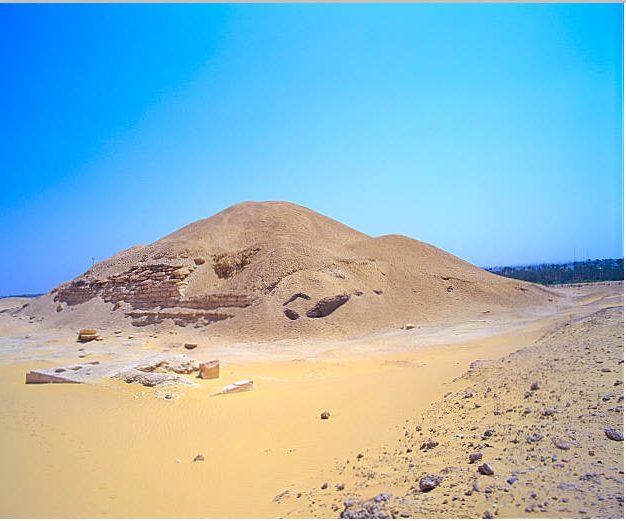The Pyramid of Amenemhet I, also known as the “Pyramid of Lights,” is a historical monument located in the southern part of the Dahshur necropolis in Cairo, Egypt. Constructed during the 12th Dynasty by Pharaoh Amenemhet I, this pyramid stands as a testament to the architectural prowess and cultural richness of Ancient Egypt. Unlike the pyramids built during the 4th Dynasty, the Pyramid of Amenemhet I was constructed using a core of mudbricks and covered with a casing of limestone, a technique that was popular during the Middle Kingdom. This pyramid is particularly notable for its unique burial chamber design and the complex of surrounding structures.
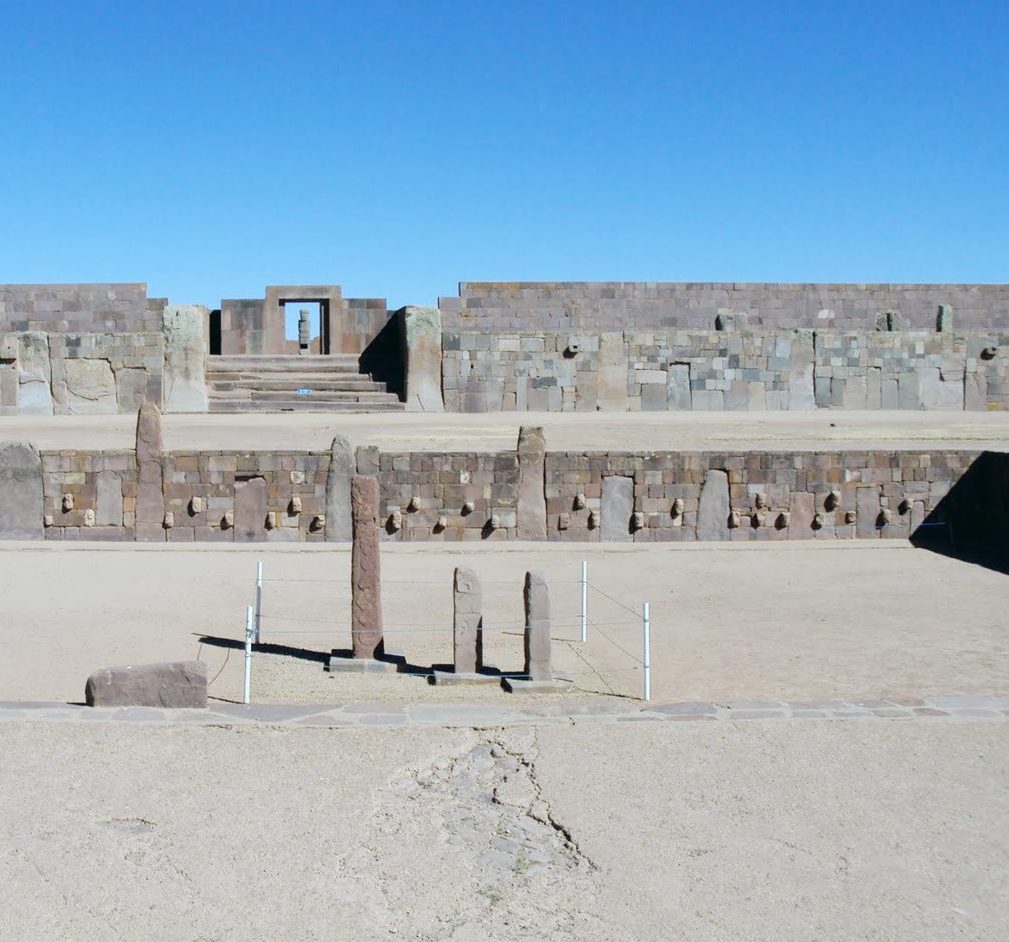
Semi-Subterranean Temple
The Semi-Subterranean Temple is a significant historical and archaeological site located in Tiwanaku, Bolivia. The temple, also known as the Templete Semi-subterráneo, is a part of the larger Tiwanaku archaeological complex, a UNESCO World Heritage Site. This unique temple is semi-underground, built into the earth with a rectangular, sunken courtyard. The temple is known for its carved stone faces and heads, which are embedded in the walls of the courtyard. These carvings represent a variety of human and mythological beings, reflecting the diverse cultures and beliefs of the ancient civilizations that inhabited this region.
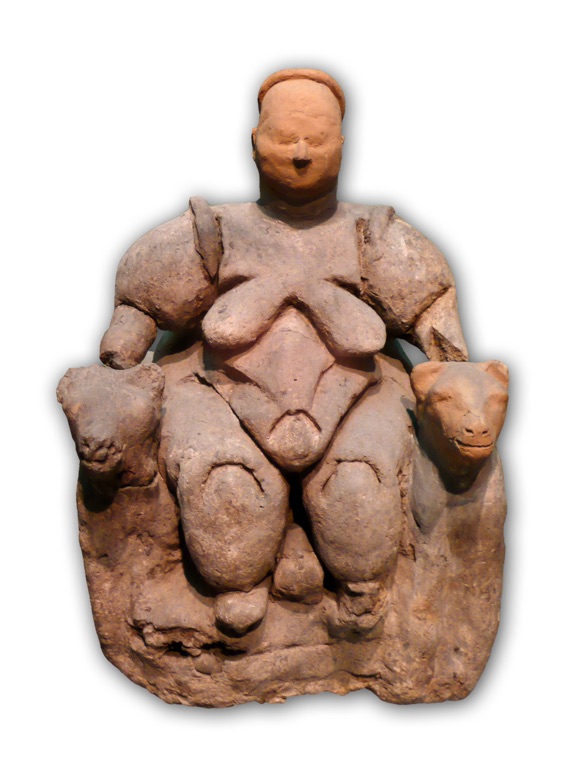
Seated Woman of Çatalhöyük
The Seated Woman of Çatalhöyük is a prehistoric artifact discovered in the ancient city of Çatalhöyük, Turkey. This clay figurine, dating back to approximately 6000 BC, is considered one of the earliest examples of human art. The statue depicts a corpulent woman seated on a throne, with her hands resting on leopard heads. The Seated Woman of Çatalhöyük provides a glimpse into the Neolithic era, revealing the society, beliefs, and artistic abilities of the people who created it.
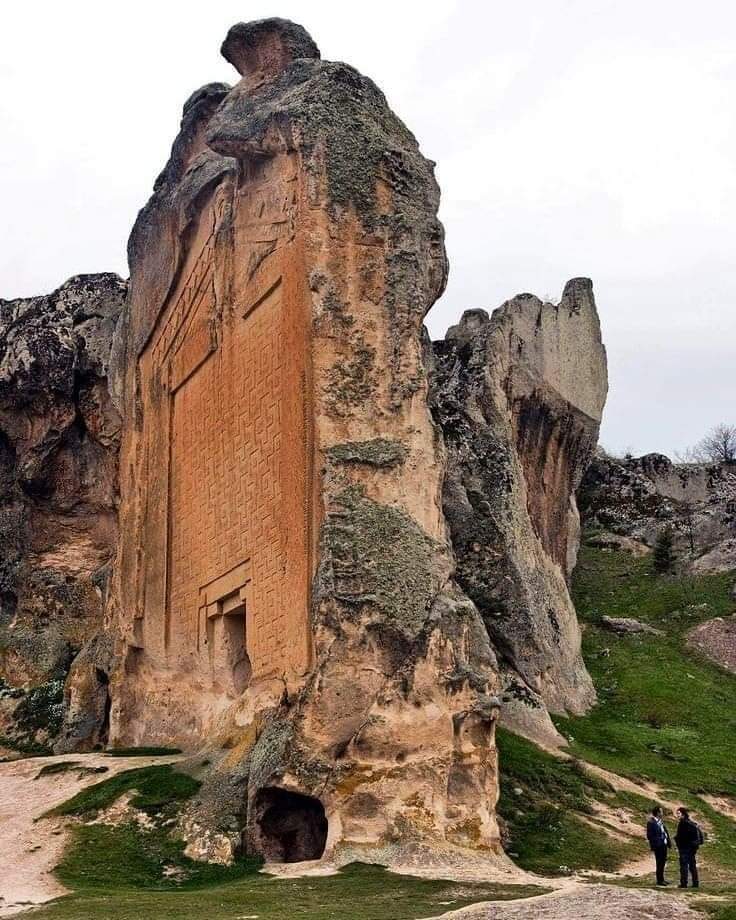
The Midas Monument
The Midas Monument, also known as the Midas City, is a significant historical site located in modern-day Turkey. This ancient site, believed to have been inhabited since the 8th century BC, is named after the legendary King Midas of Phrygia. The monument is most famous for its large, carved façade, often referred to as the “Midas Monument” or “Midas Tomb,” despite there being no evidence that Midas was buried there. The monument is a testament to the Phrygian civilization’s architectural prowess and is a valuable source of information about their culture and mythology.
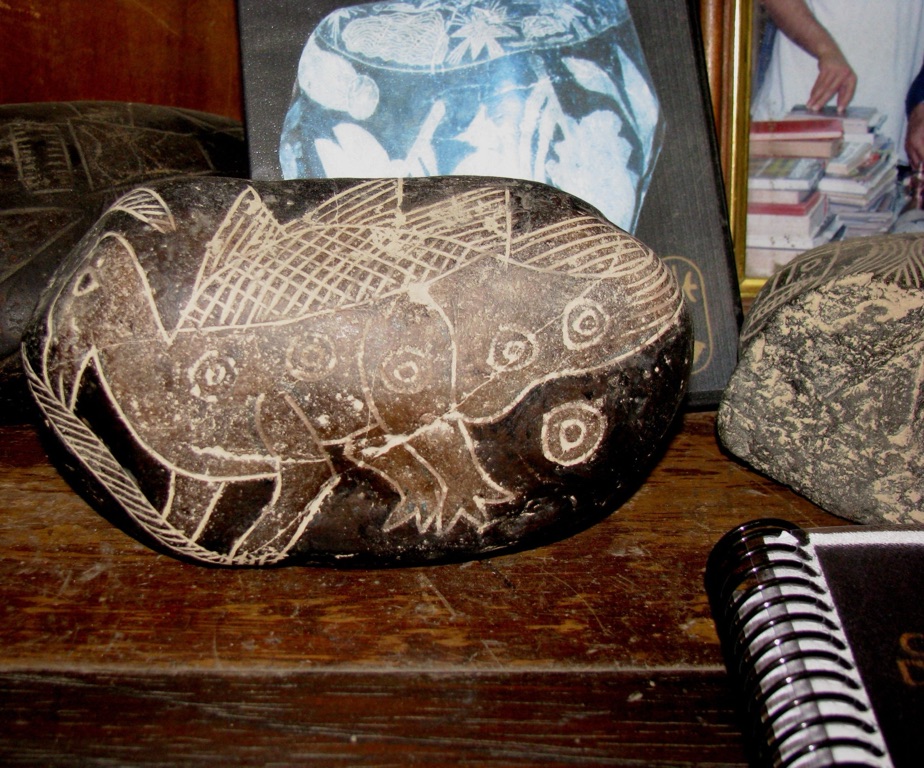
The Ica Stones
The Ica Stones are a collection of andesite stones found in Ica Province, Peru that bear a variety of diagrams. Some of these diagrams depict peculiar scenes such as dinosaurs and advanced technology, stirring up controversy and debate among historians and archaeologists. The stones vary in size from pebbles to boulders, and the carvings are typically composed of continuous lines etched into the rock surface. The authenticity and significance of these stones are still a topic of ongoing discussion.
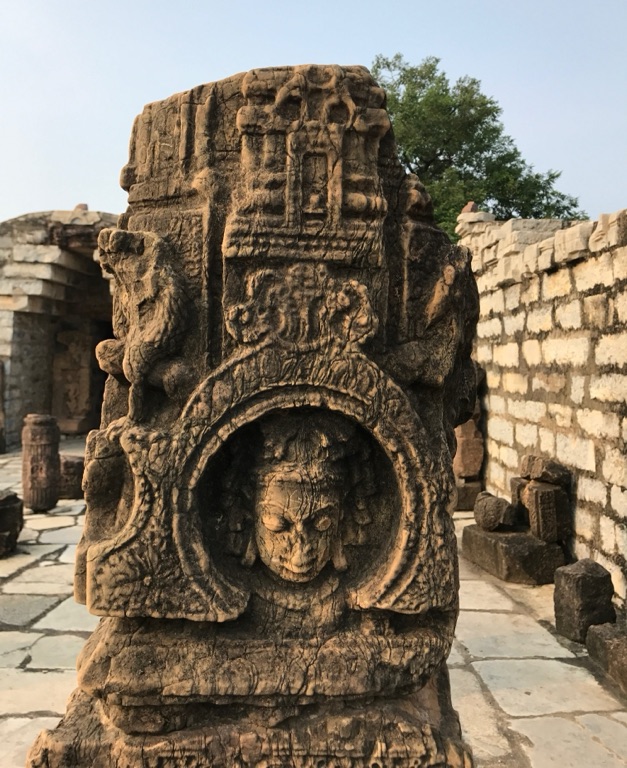
Surang Tila Temple
The Surang Tila Temple, a gem in the heart of Chhattisgarh, India, boasts an impressive history and remarkable architecture. The temple, dating back to the 7th century AD, survived a massive earthquake in the 11th century. Its unique design, featuring a pyramid-like structure with five levels, is a testament to the advanced architectural prowess of the time. Today, the temple stands as a symbol of resilience and an embodiment of India’s rich cultural heritage. The Surang Tila Temple, nestled in the ancient city of Sirpur, is a marvel of the past. Sirpur, once a bustling trade center, was a hub of cultural and religious activities. The temple’s construction dates back to the 7th century AD, during the reign of the Sarabhpuriya kings.

